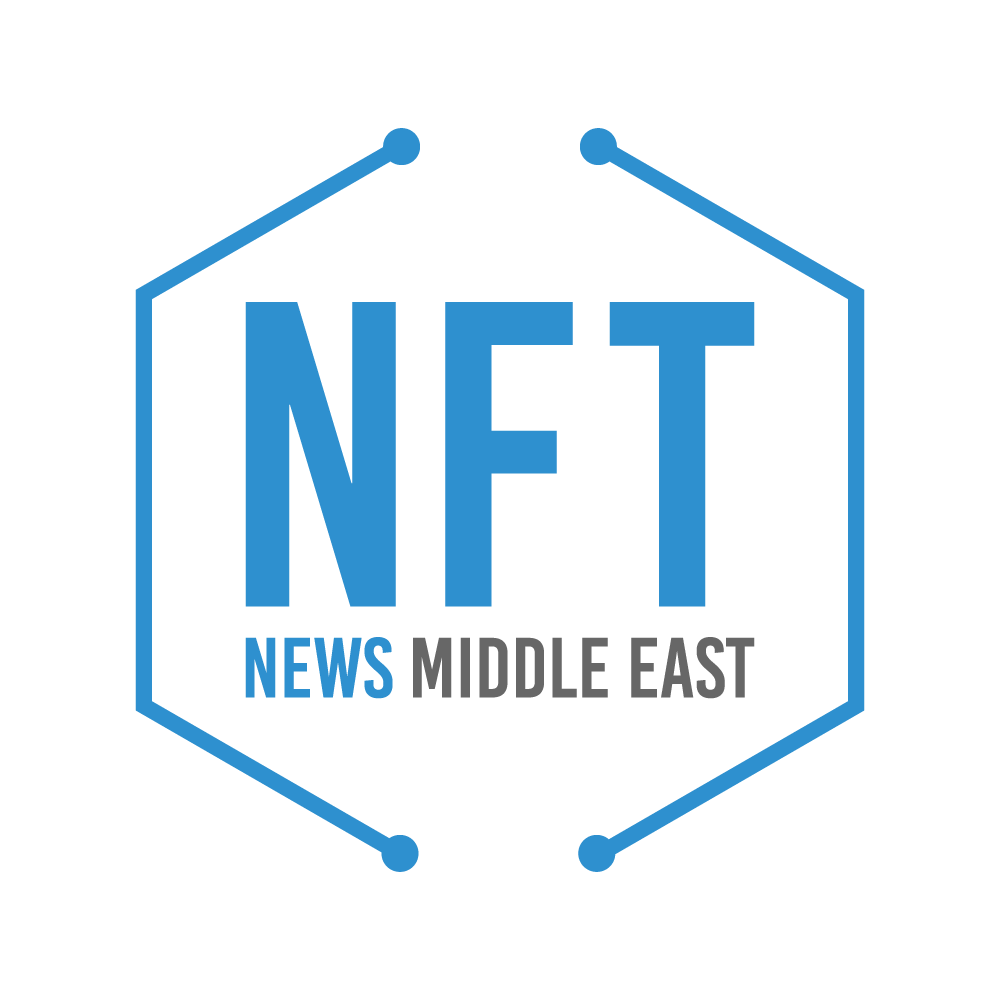Last Updated on January 19, 2024 by newseditor
Non-fungible tokens have existed since 2014 but gained significant popularity in 2021. They are a unique way to buy and sell digital assets and works. The exciting part about NFTs is that due to the use of blockchain technology, they ensure the authenticity, transparency, and immutability of these digital assets in the possession of their owners. Before the introduction of NFTs, there was the problem of asset piracy and theft which ridiculed the ownership of digital works. The idea to use blockchain to curb these problems came up in 2010 but was not fully fledged until 2017. NFTs have rapidly gained global attention and have significantly impacted several industries with essential dealings in digital assets. For persons looking to create and protect their works, this article offers insight into the creation and protection of NFTs.
How can you begin the Journey to NFT Creation
Have a Platform in Mind
Of course, creating an NFT without a platform that hosts one is impossible. The first step in creating NFTs will be to select a blockchain platform that supports NFTs. Ethereum is one of the most popular NFT platforms people use far and wide. This popularity is unsurprising as it was one of the first to develop and kickstart the modern NFT craze. However, other brilliant platforms exist, like Flow, Polygon and Binance Smart Chain.
Begin the Creation of the Intended Digital Asset
Now that a platform for creating your NFT has been chosen, one must develop the particular digital asset to be kept or sold. Usually, digital assets are created on NFT platforms for the ultimate goal of trading them. These assets can range from arts, music, collectables, and the more recent asset, virtual real estate. Usually, there is no telling how popular or requested an asset might be after creation. However, every creator must gun for unique purchases with potential appeal to buyers.
Create a Smart Contract
Once your digital asset has been created, you can begin minting the investments to ensure immutability and transparency. Minting of the digital asset means the creation of a smart contract that shows the identity and ownership of such asset. Without minting, the NFT is susceptible to theft, and there will be no proof of ownership that can be transferred to a new buyer. Creating the smart contract will require the creator to provide basic information such as the name of the NFT, description, prices, royalties attached, and an image or video representation of the asset. In many cases, the minting of NFTs can be done on the blockchain platform where it was created.
Trade and Transfer the NFT
Now that the NFT has been successfully created and minted, users can trade it on any NFT marketplace or NFT-friendly platform. Marketplaces such as SuperRare, OpenSea and Nifty Gateway are excellent choices for marketplaces. Alternatively, the NFTs can be marketed in the same venue where they were created. However, one must ensure that the platform is user-friendly and does not impose high sales commissions.
Create a Smart Contract
Once your digital asset has been created, you can begin minting the investments to ensure immutability and transparency. Minting of the digital asset means the creation of a smart contract that shows the identity and ownership of such asset. Without minting, the NFT is susceptible to theft, and there will be no proof of ownership that can be transferred to a new buyer. Creating the smart contract will require the creator to provide basic information such as the name of the NFT, description, prices, royalties attached, and an image or video representation of the asset. In many cases, the minting of NFTs can be done on the blockchain platform where it was created.
Conclusion
NFT creation can be a very lucrative business opportunity when done the right way. It allows developers, artists, and interested persons to market their products and gain substantial profits. A note of caution will be to look out for a platform and a field that represent your best interests and you should exercise patience in the sales of NFTs.

